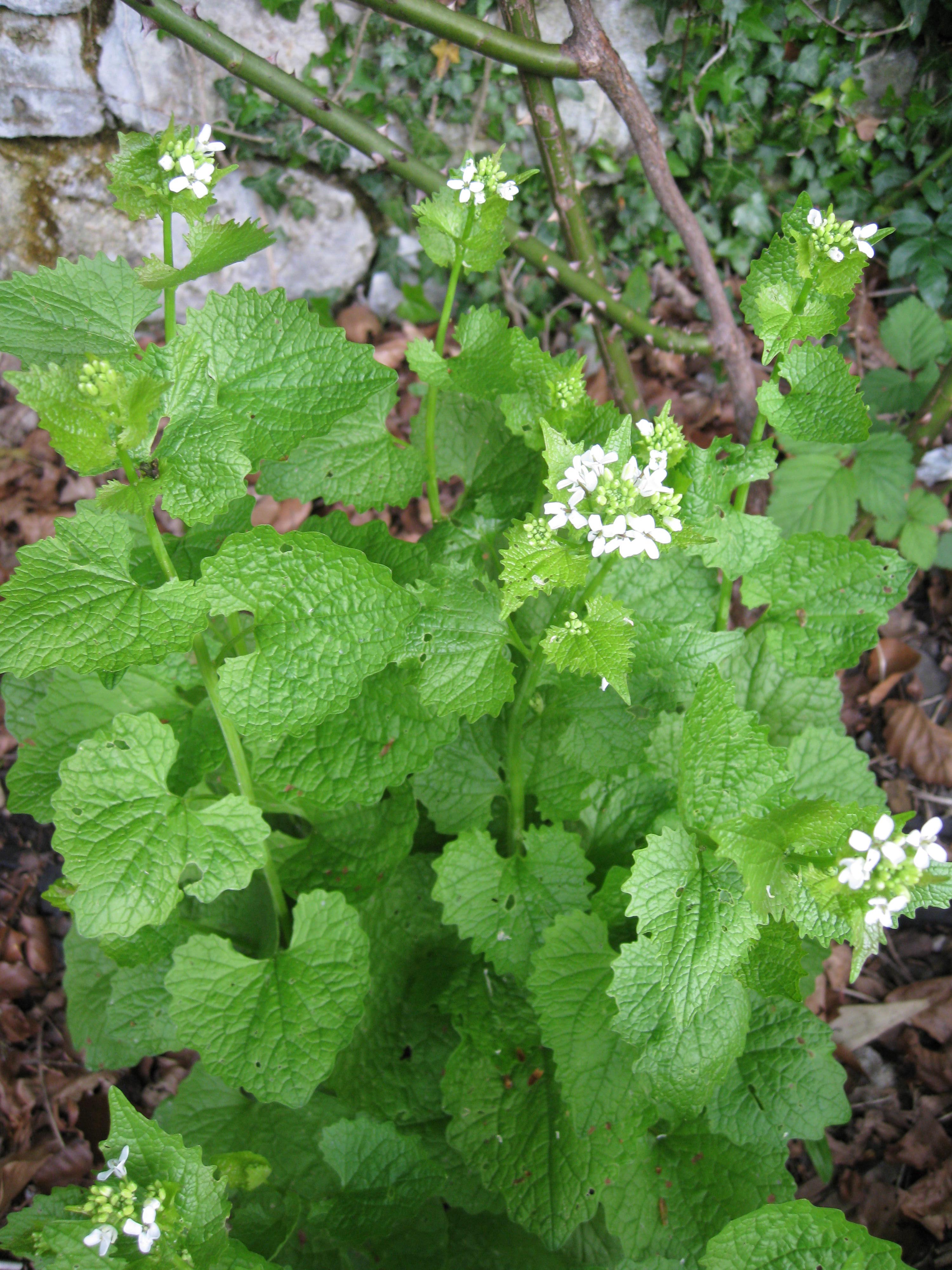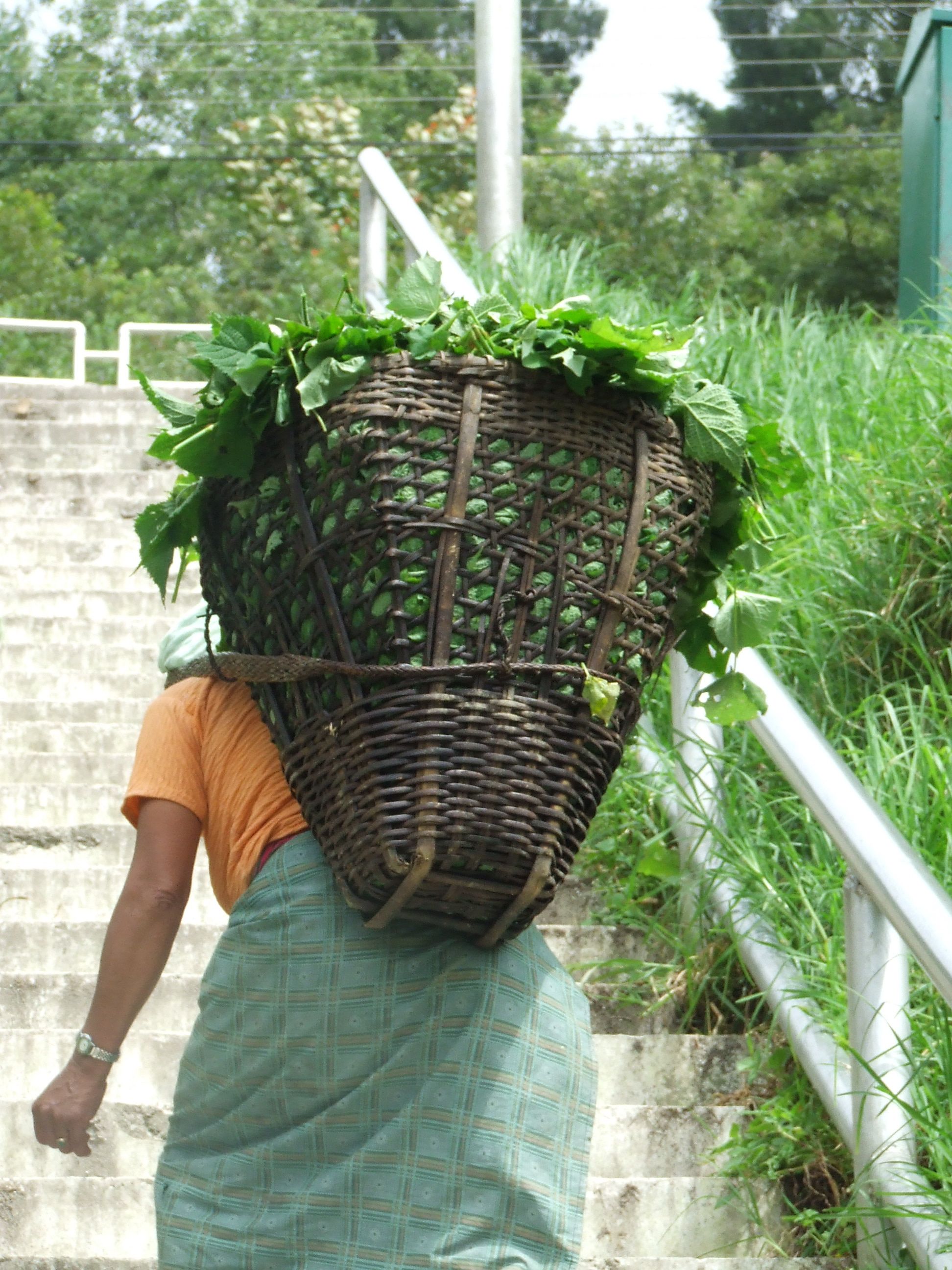This week’s blog is by RBGE’s Ian Edwards;
Back in prehistory, before the polytunnel, people would eagerly anticipate the first wild greens of Spring as a way of helping to fill the hungry gap before the main harvest was ready. Modern day foragers are already out scouring the fields, woods and hedgerows for fresh shoots to add seasonal interest to their dishes.
For garlic lovers, hedge garlic and wild garlic (ramsons) are ready for picking now. When the leaves of wild garlic have grown large enough you can wrap them around a piece of salmon before putting it into the oven. The pink and green look great together and the subtle flavour of the wild plant is more suited to the fish than the full-on flavour of cultivated garlic cloves.
garlic and wild garlic (ramsons) are ready for picking now. When the leaves of wild garlic have grown large enough you can wrap them around a piece of salmon before putting it into the oven. The pink and green look great together and the subtle flavour of the wild plant is more suited to the fish than the full-on flavour of cultivated garlic cloves.
The buds and first spring leaves of the hawthorn have a lovely nutty taste. Add them to a salad along with the bright yellow, coconut-scented flowers of the gorse. Blackthorn blossom appears on the bushes before the leaves and holds a wonderful almond aroma than can be used to enhance sweet dishes and cakes. But remember to leave some flowers on the tree if you want to come back later in the year and pick berries for sloe gin!
For me the jury is still out on that spring forager’s staple – the humble stinging nettle. Wildfood gurus enthuse about nettle’s nutritional qualities and reputed cleansing effect on the body. Personally I find nettle soup just a bit too green and wholesome. If you have a patch of nettles that dogs don’t pee on, try making non-alcoholic nettle beer, nettle fritters or (Mrs Grieve’s Modern Herbal recipe) Scottish nettle pudding.
If you are inspired to find out more about wildfoods you can eat at this time of year and how to cook them join us in our forager’s kitchen with acknowledged experts Miles Irving, John Wright and Neil Forbes in the John Hope Gateway on Easter Saturday 7 March. Tickets are selling like hot chestnuts so advanced booking is recommended see http://www.rbge.org.uk/whats-on/scienceonaplate for details.

